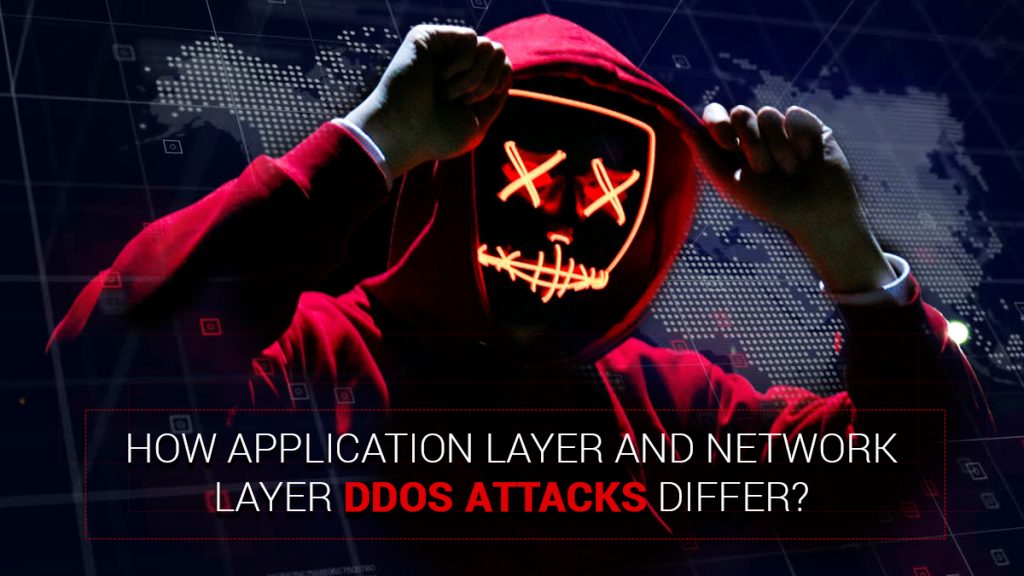With a strengthened focus on cybersecurity, and more people being able to learn about how to launch a DDoS attack, businesses have been looking for ways to protect themselves from this common threat. To do so, many businesses are turning to multi-tiered protection. This involves implementing a mix of next-generation firewalls, IDS/IPS, and application-level filters. In the past, DDoS attacks were largely limited to company website availability.
Why Multi-Tiered DDoS Protection Matters
A multi-tiered DDoS protection approach is essential to mitigate distributed denial of service attacks. Web security is about more than just firewalls. There is no silver bullet, but a multi-layered approach will help mitigate the effects of an attack and minimize any downtime. A multi-tiered DDoS protection approach is essential to mitigate distributed denial of service attacks.
Anti-DDoS Protection Techniques
In order to prevent a website from major cyberattacks it is recommended to choose the right web hosting service provider and you will never have to compromise with your sensitive information.
A DDoS attack can come from many different sources and the effectiveness of any single method of defense is limited. When coupled with technologies such as industry-leading firewall protection, a DDoS attack is detected and mitigated at its point of origin. A new approach to DDoS attacks is multi-tiered protection against DDoS attacks. Designed to protect against DDoS attacks from a wide range of sources.
META TRAP™ block DDoS Protection against these attacks, as well as others: Reflecting, Amplifying, Smurf/Smurf Attack, DNS DDos, Ping Flood, SYN Flood, TCP Flood, UDP Flood and Packet Storm Attacks.
The META TRAP™ is the most effective way to protect against all DDoS attacks by utilizing multiple layers of advanced protection. Featuring: Anti-floodguard + anti-rate limiting + anti-scrubbing technology for maximum protection against traffic from any source.
DDoS Protection mitigates these attacks and more
DDoS Protection mitigates these attacks and more, by using a multi-tiered approach. The first level of protection is the prevention against a DDoS attack before it occurs. This can be done by implementing the right firewalls, load balancers, and intrusion detection systems in a network. Protection also includes content filtering, which can help stop the malicious code from entering the system and being executed.
The second level of protection is the prevention against DDoS traffic and attacks. In order to achieve this, utilizing a large bandwidth capacity and eliminating sources from sending malicious code and therefore any DDoS attacks.
High-speed DDoS protection is also crucial for the prevention of the malicious code from spreading throughout a network.
Another way to prevent these DDoS attacks is to use a DDoS-proof hosting platform.
Mitigate Attacks in Real Time with Always-On DDoS Protection
Reduce the risk of downtime with an always-on, automated DDoS protection service. The company provides continuous monitoring and protection against DDoS attacks that can disrupt your website and leave your company open to identity theft. With continuous monitoring, HaltDos proactively detects and mitigates DDoS attacks before they can affect your organization. This multi-tiered protection service is designed to provide security for web applications, network infrastructure, and bandwidth on any network.
DDoS Managed Services
A DDoS attack is a sudden and temporary increase in the network traffic, which can cause a computer system to slow down or crash. This happens when a hacker uses a botnet to send out massive amounts of messages to the victim’s servers. The result is server overload and, if it’s not contained, the website’s collapse.
Anti-DDoS Software Solutions
Protecting against DDoS attacks is a difficult task. The first thing you need to do is figure out what is going on. This will involve monitoring the website and its traffic. After this, you need to figure out what type of attack is occurring. There are many different types of DDoS attacks and each one requires a different solution. Once you figure out what type of attack is occurring, you can choose the appropriate mitigation technique.
When it comes to DDoS attacks, there are three types of mitigation techniques. These are:
IP-based mitigation: An IP-based mitigation involves taking the IP address of the user that is attacking the server and then blocking it on their IP address. You can find this information by looking at the source address in the packet capture. However, with most DDoS attacks, the user doesn’t know what IP address they are attacking from.
DNS-based mitigation: DNS-based mitigation is a way to mitigate DDoS attacks. DNS-based mitigation uses two-tiered protection by utilizing the IP addresses of DNS services to help route traffic. The multi-tiered protection is a product of HaltDos, who offer a solution to an often costly and time-consuming problem.
Layer 7 DDoS mitigation: A Layer 7 DDoS mitigation is the same as a Layer 3 DDoS mitigation, but the difference is that this type of mitigation is more complex and much more expensive.
A Layer 7 DDoS mitigation is more complex than a Layer 3 DDoS mitigation because the application layer (Layer 4) is ignored. The reason why the application layer is ignored is because it’s too difficult to manipulate the packets at this layer.
Multi-tiered DDoS mitigation is the best way to avoid a DDoS attack. The concept is similar to anti-virus protection: You have a basic antivirus app, and you should also use a firewall and run regular scans to make sure your PC or phone is clean. For DDoS attacks, you can start with an IT admin who filters traffic to keep the good stuff moving and block the bad stuff.

